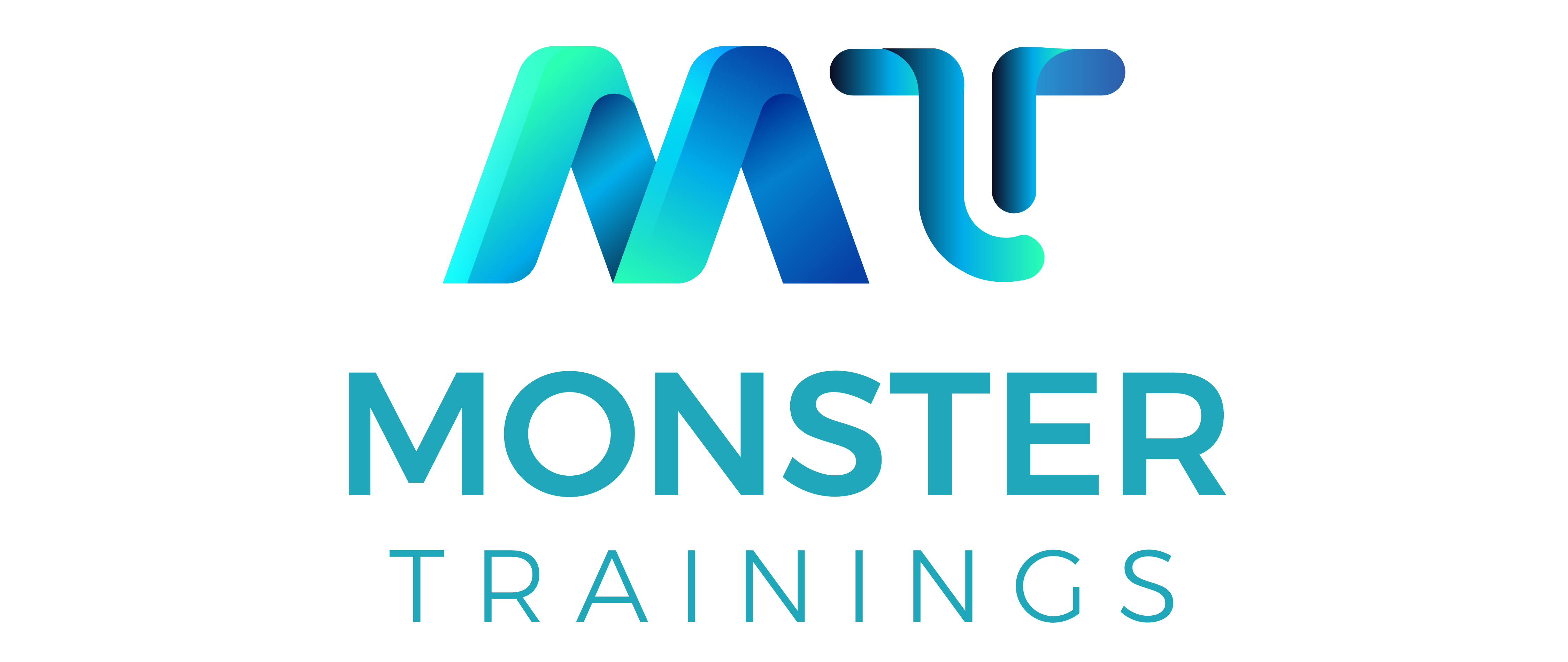Manual Testing Course
- Home
- Services
- QA Testing Courses
- Manual Testing Course
With a human interface, a software programme is tested manually by a quality assurance engineer in order to find defects. The responsibility of quality assurance engineers is to guarantee that any web or mobile application operates as efficiently as possible from the perspective of the end user. The behaviour of web or mobile applications is continuously examined, verified, and compared to the expected behaviour by QAs. Given that it considers the viewpoint of the end user, it is an essential component of any testing approach. A web page or mobile application’s rich user experience is what manual testing aims to ensure. Since the testing is done manually by skilled test engineers, automated test frameworks are not used in this testing. Among several advantages, the key advantage of manual testing is it assures that bug is found and debugged from the very first phases of online or application development.


Monster Training offers manual testing to help you start your career as a Quality Assurance Engineer with a bang. In this course, students will be instructed by knowledgeable instructors from the field through live interactive classes and question-answer sessions. Clear your doubts at any time, anywhere through the 24/7 online portal for doing so. This course offers you recorded sessions to revise your curriculum at your pace and time. Assignments, real projects, and case studies will assist learners enjoy the learning process and lead to innovation. Additionally, it enhances the overall educational experience and strengthens your resume. You can monitor your performance and gauge your learning progress by completing weekly learning objectives with the aid of practice tests and assessments.




Monster Training is synonymous with professionalism and high-quality services,setting the standard with cutting-edge ideas and relentlessly pursuing EXCELLENCE in all spheres of business.